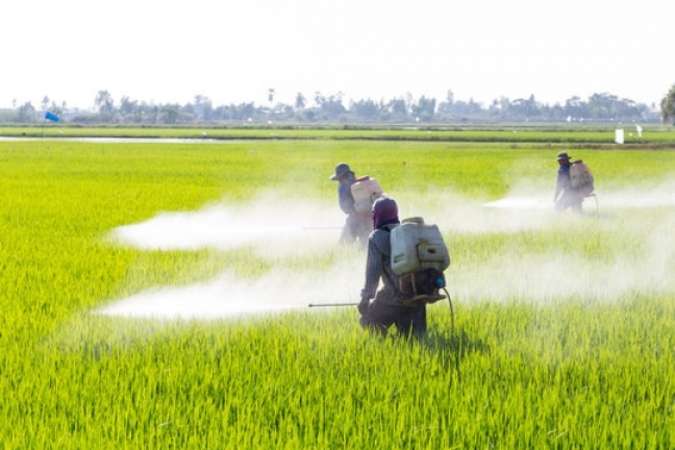It’s happening again– after months of carefully tending to your garden, you notice an infestation of a white substance all over your squash and cucumbers. It’s quickly making its way toward your tomatoes, and you want it to stop! What should you do?
This substance is plant mildew. Also called powdery mildew, it’s a fungal disease made by many spores that spread across the top of a plant. Plant mildew thrives in dry, warm climates, and tends to affect plants in the shade.
Mildew on plants is infections and spreads across plants and in the wind. When it gets severe enough, it can slow down the growth of your plants by robbing of water and nutrients. It may also reduce the quantity and quality of any fruit your plant might produce.
How to Identify Plant Mildew
If you haven’t seen this kind of fungal disease before, picture a dusting of flour after it’s spilled onto a surface. This powdery mildew grows as circular, powdery white spots on leaves (usually the upper part), stems and fruit. If the fungal infestation has found itself younger foliage, buds and leaves may turn yellow or dry out without many visible spores.
Powdery mildew spreads quickly to cover most accessible leaves in a garden or orchard. If the infestation is serious enough, leaves may break, twist or appear disfigured. A plant will most likely stop producing any fruits.
Powdery Mildew Treatment
Save your harvest! Once a plant is infected, you must quickly control the spread before it takes over your entire garden. Our top treatment recommendations are:
- Pruning out infected plants
- Disinfecting tools after pruning infected plants
- Avoiding the tendency to over-fertilize
- Treat with organic fungicide or products like Marrone Bio Stargus
Though this mildew is typically not fatal, it can be a disappointing sight. It can also ruin any hopes of harvesting edible fruits and vegetables from your garden plot. The best game plan is to treat the infection as quickly as possible and work on further prevention tactics.
Prevent Powdery Mildew
It’s possible to prevent this fungal disease (and your own stress) before it takes over your garden. Our top prevention recommendations include:
- Thinning out excess foliage to allow for more air flow between plants
- Keeping plants away from walls and fences to help reduce relative humidity
- Plant according to individual needs
- Remove dead or diseased plants
- Buy mildew-resistant plants
- Water from overhead
Prevention is truly the best medicine!
Pursue Your Hobbies
We certainly don’t want plant mildew to get in the way of your dream garden or interior display. As long as you are able to get on top of an infestation, powdery mildew and other types of plant fungus are treatable and very manageable.
Your hobbies should be more than manageable– they should be enjoyable. Check out the rest of the blog to answer additional questions, and get back to enjoying the things you love.
Read Also: Learn About The Plants That Have the Potential to Save the World!
















